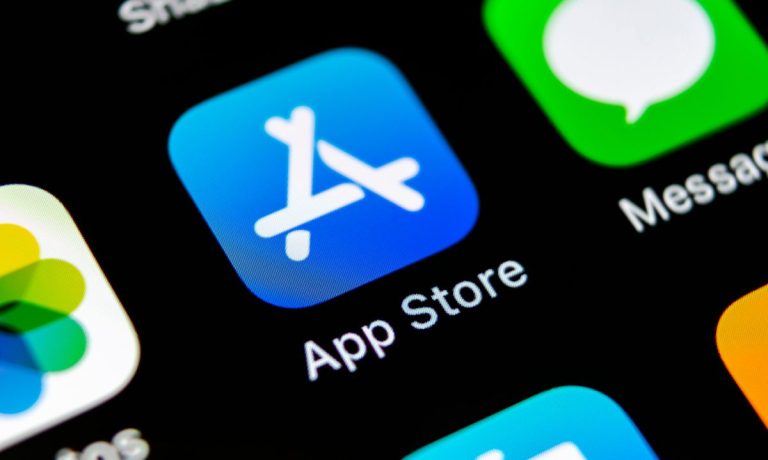
Legal battles are changing payments, platforms and the ecosystems being forged by Big Tech.
As reported, Apple has settled a $100 million class-action lawsuit that was brought two years ago by application developers. The settlement fundamentally changes the way Apple interacts with developers – and the ways in which developers interact with end users. There’s also a change on the payments front that may (or may not) have repercussions on the ongoing legal battle between Apple and Epic Games.
In terms of what might be deemed the “mechanics” of the settlement, which was announced via an Apple blog post, the developers will be allowed to connect directly with end users (by email) and offer alternate payment options as those users buy subscriptions and other offerings.
Read also: Apple Opens Payment Gateways For Devs As Part Of $100M Class-Action Suit
In doing so, the developers get to avoid the commissions that have traditionally been paid as they access the App Store. The commissions typically range from 15 to 30 percent of the sale, so this is money that goes directly into the developers’ pockets.
The ripple effect may be felt in the case that is ongoing in federal court, where Apple is jousting with Epic Games over in-app payments, and whether alternate payments should be allowed. Back then, Epic tried to steer clear of Apple’s 30 percent App Store commission via a technology update that avoided Apple’s payments infrastructure. Apple, in turn, removed Fortnite from its App Store. The trial concluded months ago; Epic and Apple are now trading filings and barbs about documents related to the class-action suit filed by the developers.
A motion that Epic filed earlier this month alleges that Apple has stated the issues in the Epic case are “fundamentally the same” as those seen in the developers’ class-action suit. Now that the developer action has been settled – though it is a separate case with its own path – would that pave the road for the Epic resolution/eventual judgement?
See also: Epic Games, Apple Reveal Arguments Ahead Of Antitrust Trial
In the blog post announcing the settlement, Apple said that it will “expand the number of price points available to developers for subscriptions, in-app purchases and paid apps from fewer than 100 to more than 500. Developers will continue to set their own prices.”
There has also been the establishment of a fund to assist U.S. developers, who earn $1 million or less through the store.
At a high level, the settlement changes the payments dynamic of the ecosystem – and, by extension, addresses some of the issues tied to antitrust scrutiny – by giving developers the leeway to set their own prices across a broader range of price points. But since the developers are not able to share those options with the users inside the apps themselves, contacting the users outside the apps involves extra steps to get consumers’ attention. In some cases, at least, the “high touch” approach, where developers interact with users and remind them that they need not use the in-app payment system (and thus trigger commission payments), may not be as effective as developers might wish.
But the concessions Apple is making hint that the platforms, app stores and interactions between various stakeholders have at least an expanded set of options, especially when it comes to payments. It remains to be seen what will come next.